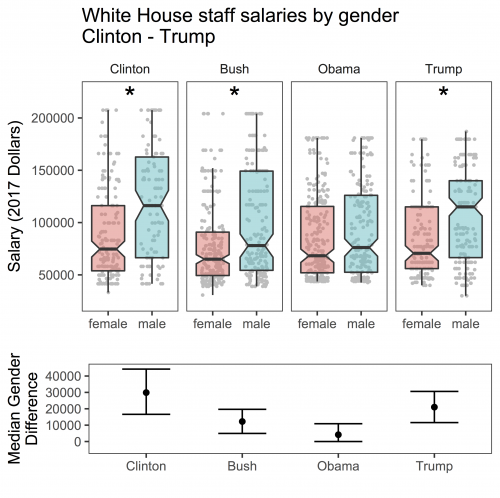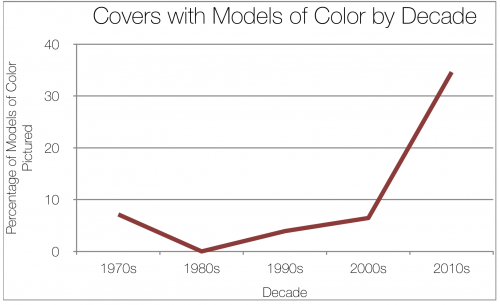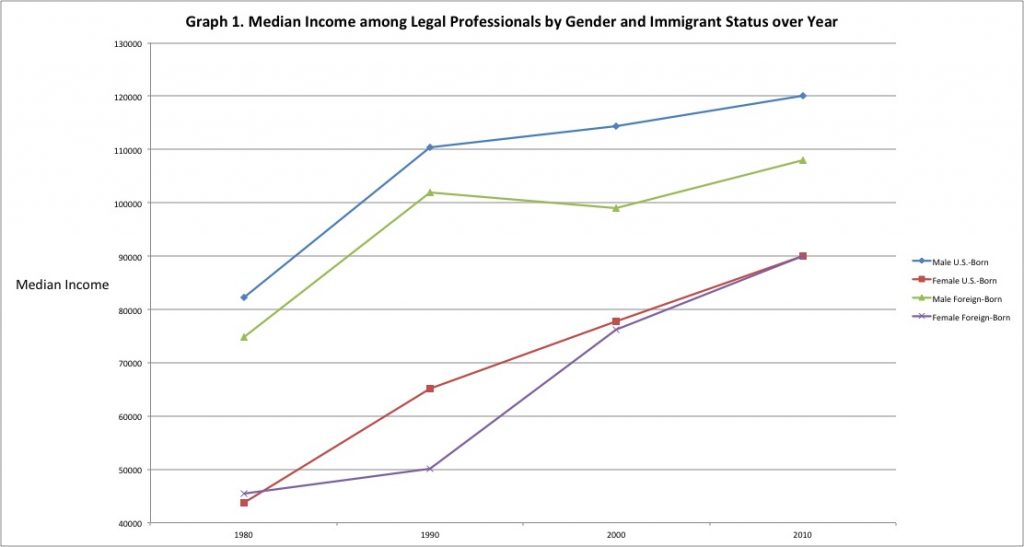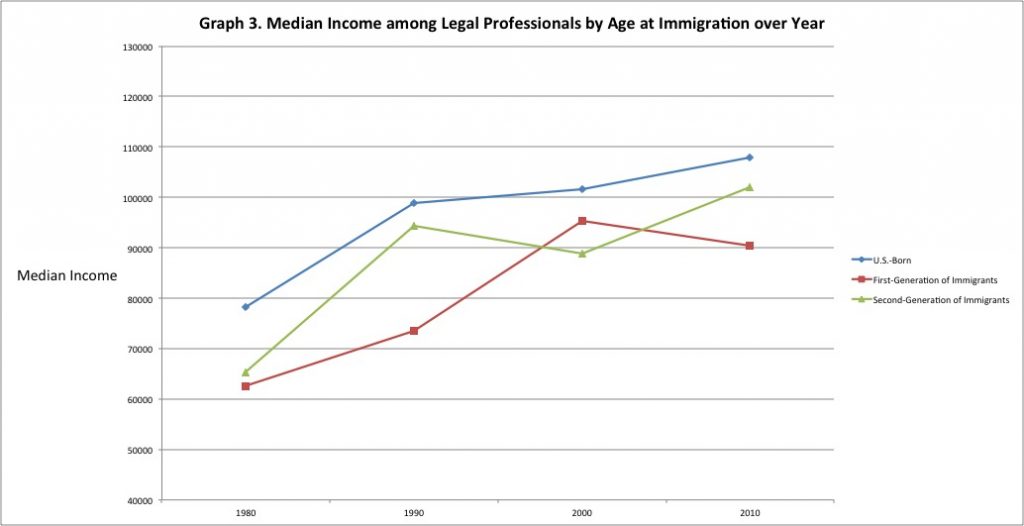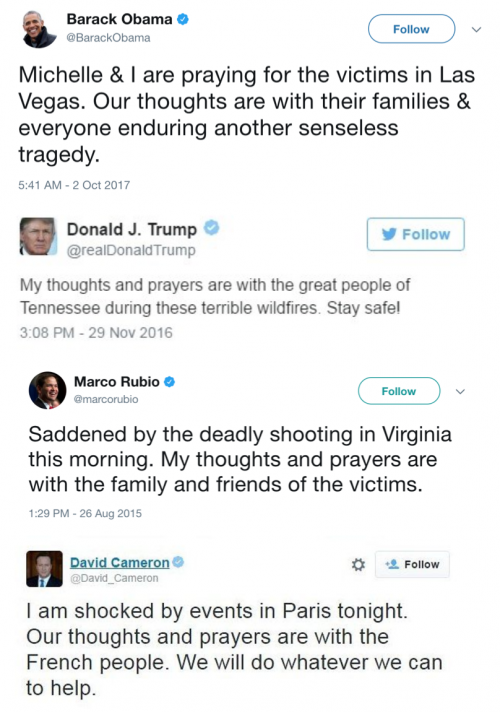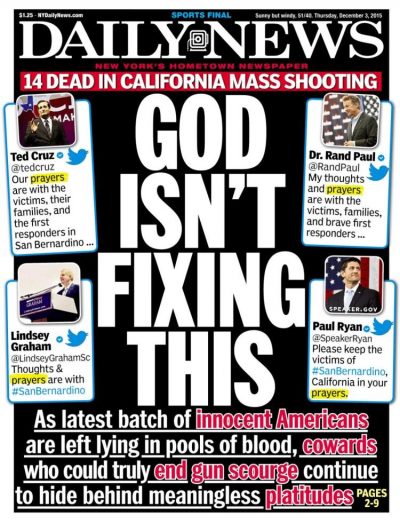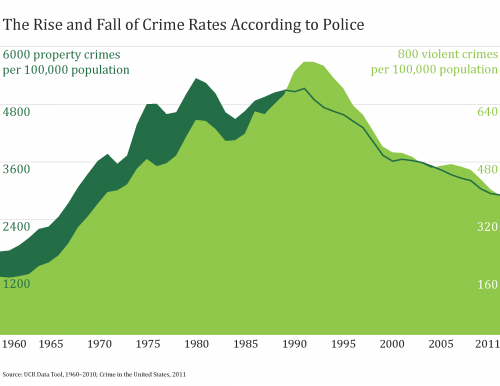Mild Spoiler Alert for Season 3 of House of Cards
Where is Rachel Posner?

Representations of sex workers on popular shows such as Game of Thrones, The Good Wife, and, of course, any version of CSI, are often stereotypical, completely incorrect, and infuriatingly dehumanizing. Like so many of these shows, House of Cards offers more of the same, but it uses a somewhat different narrative for a former sex worker and central character, Rachel Posner. Rachel experiences many moments of sudden empowerment that are just as quickly taken away. She is not entirely disempowered, often physically and emotionally resisting other characters and situations, but her humanization only lasts so long.
The show follows Rachel for three full seasons, offering some hope to the viewer that her story would not end in her death, dehumanization, or any other number of sensational and tumultuous storylines. So, when she is murdered in the final episode of Season 3, viewers sensitive to her character’s role as a sex worker and invested in a new narrative for current and former sex worker characters on popular TV shows probably felt deeply let down. Her death inspired us to go back and analyze how her role in the series was both intensely invisible and visible.
Early in the show, we learn that Rachel has information that could reveal murder and corrupt political strategizing orchestrated by the protagonist Frank Underwood. She is the thread that weaves the entire series together. Despite this, most characters on the show do not value Rachel beyond worrying about how she could harm them. Other characters talk about her when she’s not present at all, often referring to her as “the prostitute” or “some hooker,” rather than by her name or anything else that describes who she is.
The show, too, devalues her. At the beginning of an episode, we watch Rachel making coffee one morning in her small apartment. Yet, instead of watching her, we watch her body parts; the camera pans over her torso, her breasts in a lace bra, and then her legs before we finally see her entire body and face. There is not one single scene even remotely like this for any other character on the show. Even the promotional material for Season 1 (pictured above) fails to include a photo of Rachel while including images of a number of other characters who were less central to the storyline and appeared in fewer episodes. Yet, whoever arranged the photoshoot didn’t think she was important enough to include.
Another major way that Rachel is marginalized in the context of the show is that she is not given many scenes or storylines that are about her—her private life, time spent with friends, or what’s important to her. This is in contrast to other characters with a similar status. For instance, the audience is made to feel sympathy for Gavin, a hacker, when an FBI agent threatens the life of his beloved guinea pig. In contrast, it is Rachel’s ninth episode before the audience sees her interact with a friend, and we never really learn what motivates her beyond fear and survival. In this sense, Rachel is almost entirely invisible in her own storyline. She only exists when people want something from her.
Rachel is also made invisible by the way she is represented or discussed in many scenes. For instance, although she’s present, she has zero lines in her first couple scenes. After appearing (without lines) in Episodes 1 and 2, Rachel reappears in Episode 7, although she’s not really present; she re-emerges in the form of a handwritten note to Doug Stamper (Underwood’s indispensable assistant). She writes: “I need more money. And not in my mouth.” These are Rachel’s first two lines in the entire series; however, she’s not actually saying them, she’s asking for something and one of the lines draws attention to a sexualized body part and sexual act that she engaged in with Doug. Without judging the fact that she engaged in a sexual act with a client, what’s notable here is the fact that she isn’t given a voice or her own resources. She is constantly positioned in relation to other characters and often without the resources and ability to survive on her own.
This can clearly be seen in the way Rachel is easily pushed around by other characters in the show, who are able to force their will upon her. When viewers do finally see her in a friendship, one that blossoms into a romance, the meaning that Rachel gives the relationship is overshadowed by the reaction Doug Stamper has to it. Doug has more contact with Rachel than any other character on the show; in the beginning of the series, he acts as a sort of “protector” to Rachel, by finding her a safe place to stay, ensuring that she can work free from sexual harassment in her new job, and getting her an apartment of her own. However, all these actions highlight the fact that she does not have her own resources or connections to be able to function on her own, and they are used to manipulate her. Over Rachel’s growing objections, Doug is able to impose his wishes upon her fairly easily. The moment she is able to overpower him and escape, she disappears from the show for almost a whole season, only to reappear in the episode where she dies. In this episode, we finally see Rachel standing on her own two feet. It seems like a hard life, working lots of double shifts and living in a rundown boardinghouse, but we also see her enjoying herself with friends and building something new for herself. And yet, it is also in this episode where she has leveraged her competence into a new life that she also meets her demise. Unfortunately, after seeing this vision of Rachel on the road to empowerment, more than half of her scenes relate to her death, and in most of them she is begging Doug for her life, once again reduced to powerlessness.
Every time we begin to see a new narrative for Rachel, one that allows her to begin a life that isn’t entirely tethered to Doug Stamper and her past, she is almost immediately drawn back into his web. Ultimately, in this final episode, she can no longer grasp her new narrative and immediately loses hold of it. In her final scenes, after kidnapping her, Doug temporarily lets her go. She begins to walk in the opposite direction of his van before, only moments later, he flips the van around and heads back in her direction. The next scene cuts suddenly to her lifeless body in a shallow grave. The sudden shock of this scene is jarring, yet oddly expected, given how the show has treated Rachel’s character throughout the series. It’s almost as if the show does not have any use for a sex worker character who can competently manage their own affairs. Perhaps that idea didn’t even occur to the writers because of the place in our society in which sex workers are currently situated, perhaps it disrupts the fallen woman narrative, or perhaps for some reason, a death seems more “interesting” than a storyline where a sex worker has agency and takes an active role in shaping her own life and affecting those around her. Whatever the reason, House of Cards ultimately fails Rachel and sex workers, in general.
Paige Connell is an undergraduate sociology student at Chico State University. Her areas of interest include intimate relationships, gender, and pop culture.
Dr. Danielle Antoinette Hidalgo is an Assistant Professor in Sociology at California State University, Chico, specializing in theory, gender and sexuality, and embodiment studies.
